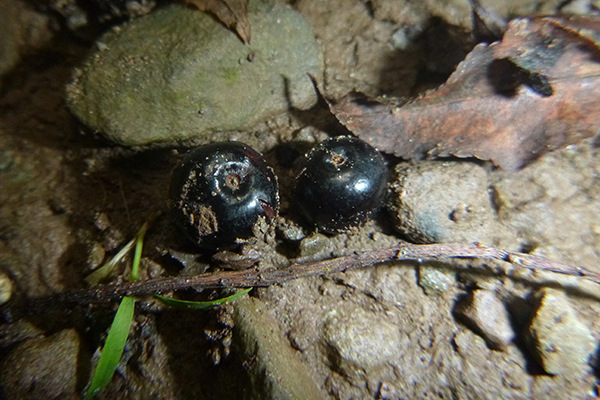A few weeks back we brought you a special blog post from Dr. William Powell of the State University of New York talking about his work to restore the American chestnut. We’re pleased today to do a follow-up special post with Allen Nichols, President of The American Chestnut Foundation of New York (TACFNY), discussing a way YOU can help bring back the American chestnut after its decimation by the invasive chestnut blight fungus.
A few weeks back we brought you a special blog post from Dr. William Powell of the State University of New York talking about his work to restore the American chestnut. We’re pleased today to do a follow-up special post with Allen Nichols, President of The American Chestnut Foundation of New York (TACFNY), discussing a way YOU can help bring back the American chestnut after its decimation by the invasive chestnut blight fungus.
A key part of Dr. Powell’s work is pollinating his blight-resistant chestnut trees with pollen from wild-growing, healthy American chestnuts (yep, there are still a few out there!). This pollination will give the new blight-resistant trees the best genetic diversity to help them survive once they start growing in the woods.

Large, healthy American chestnuts are still out there, and we love them! The American Chestnut Foundation of New York (TACFNY) is sponsoring a 2016 contest to find the biggest healthy American chestnuts growing in New York State. Photo credit: TACFNY
To help Dr. Powell find these chestnuts and encourage landowners to let him collect pollen from their trees, TACFNY is sponsoring a contest in 2016. The contest will pay landowners $50 to provide TACFNY access to healthy American chestnut trees 14 inches wide or larger on land in New York State. Your tree will NOT be harmed, though TACFNY researchers may collect pollen or seeds from it.
To qualify, the tree needs to be healthy and more than 14 inches “DBH,” or “diameter at breast height” (the width of the trunk at 4 and a half feet off the ground). The largest healthy chestnut tree in New York State will win its landowner a $200 prize.
To identify a chestnut on your property, look for open burs lying on the ground near the tree. These burs will be light brown with long, sharp spines and will measure about 3 inches across. Chestnut leaves are slender, about 6 to 9 inches long, and they have pointed teeth that have a fishhook profile. They look similar to leaves on American beech, but they’re longer, narrower, and more pointed on both ends than beech leaves are.

Chestnut bark (top left), leaves (top right), and open burs (bottom). Photos credit USDA Forest Service Southern Research Station, USDA Forest Service, SRS, Bugwood.org, CCA-NC v3.0.
For more information about TACFNY’s contest, chestnut tree identification, or to submit a healthy chestnut tree for the contest, contact TACFNY President Allen Nichols at 607-263-5105 or by email at





